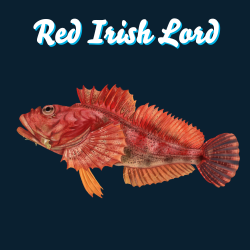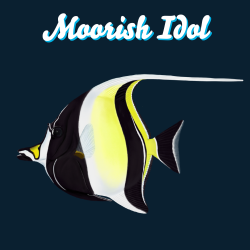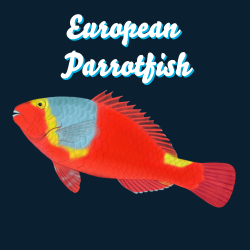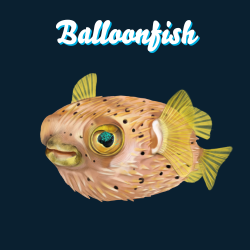
5K Homepage5K FAQsFish ShoalsSocial Media Tool KitRegistration Open!
When you register for the Fish Out of Water Virtual 5K, you get to choose which Fish Teams you will join.
The 2025 Fish Teams were selected as some of the most fun and exciting species found throughout the REEF Volunteer Fish Survey Project regions worldwide. Whether you are drawn to the fish because it’s a favorite on your life list, you just like the way it looks, it’s often found in the region where you live or dive, or you connect with the personalities we envisioned for each, we look forward to seeing which Fish Team you join.
Click on the fish icons below to read more about each fish’s race “personality” and a few fun facts.
|
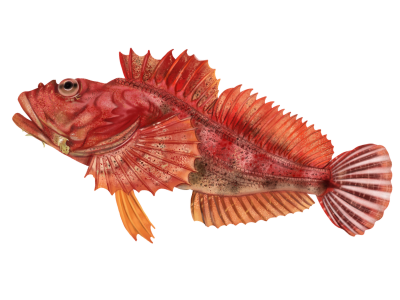
Red Irish Lord
- Run on the outside of the pack, so other racers don't see it coming
- Put in headphones before the race to get in the zone and intimidate the competition
- Prefers to run at night
Named for its mostly red body, the Red Irish Lord is common in the Bering Sea, Alaska, Washington, and northern California. Their mottled pattern helps them to blend into shallow, rocky environments and makes them excellent ambush predators, allowing them to feast on small, unsuspecting crustaceans and fish. They have many cirri around their mouth, which helps enhance their ability to camouflage with their surroundings.
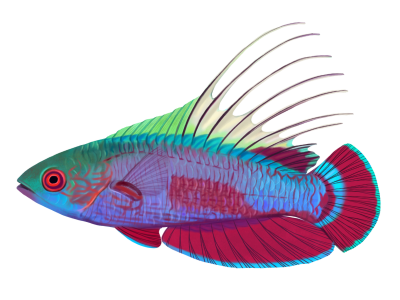
Scarlet-fin Flasher Wrasse
- Known for having the most colorful and fun race day fits
- Might stop mid-race to break into song and dance
- Brings the energy to hype up the competition
Male Scarlet-fin Flasher Wrasses are known for their vibrant colors and dramatic courtship display, which involves flaring or “flashing” their fins in order to attract females. Like other species of flasher wrasse, they are typically most active at dusk. Various species of flaher wrasses are found throughout the tropical Pacific, and this species has been recorded in Indonesia and the Philippines.

Moorish Idol
- Probably president of a run club
- Will run anywhere as long as it's warm enough
- In it to win it
You may recognize this fish as Gill from Finding Nemo! The Moorish Idol can be distinguished by bold black bars and two pale yellow bars along the length of its body, a long trailing dorsal fin, and a yellow saddle marking on its snout. The Moorish Idol is the only species in its family. They have a wide range around the globe, from the eastern Pacific to Hawaii, to the Central Indo-Pacific and South Pacific, as well as the Indian Ocean and Red Sea.

European Parrotfish
- Brings the best race day snacks
- Flapping its way to victory
- Likes to run in a pack
The European Parrotfish can be found fluttering through shallow, rocky waters, using their beak-like mouths to scrape algae and small invertebrates of the rocks. Females are more colorful than males, with a bright red to brownish body, a large gray blotch on the front half of their body, and a yellow saddle on their tail base. Males are mostly gray and have a dark area behind their pectoral fin. They can be found in the eastern Atlantic Ocean, including Portugal, Azores and Madeira Islands, south to the Canary Islands and Senegal, as well as the Mediterranean Sea.
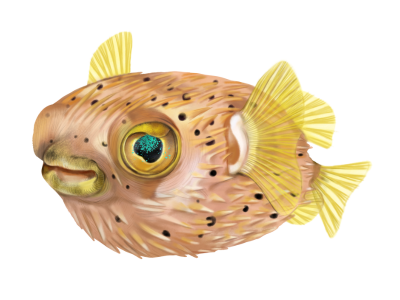
Balloonfish
- Likes to run at night to stop and look at the stars
- Doesn't like when other runners get too close
- Just happy to be here
Often known as having “stars in its eyes,” the Balloonfish has a distinctive eye with a yellow iris and iridescent blue-green specks in its pupil. They can be found usually resting near the bottom in reef, seagrass, and mangrove habitats throughout the Tropical Western Atlantic. When threatened, they can take in water or air to expand their body to 2 to 3 times its original size which causes their spines to stick out from their body.


